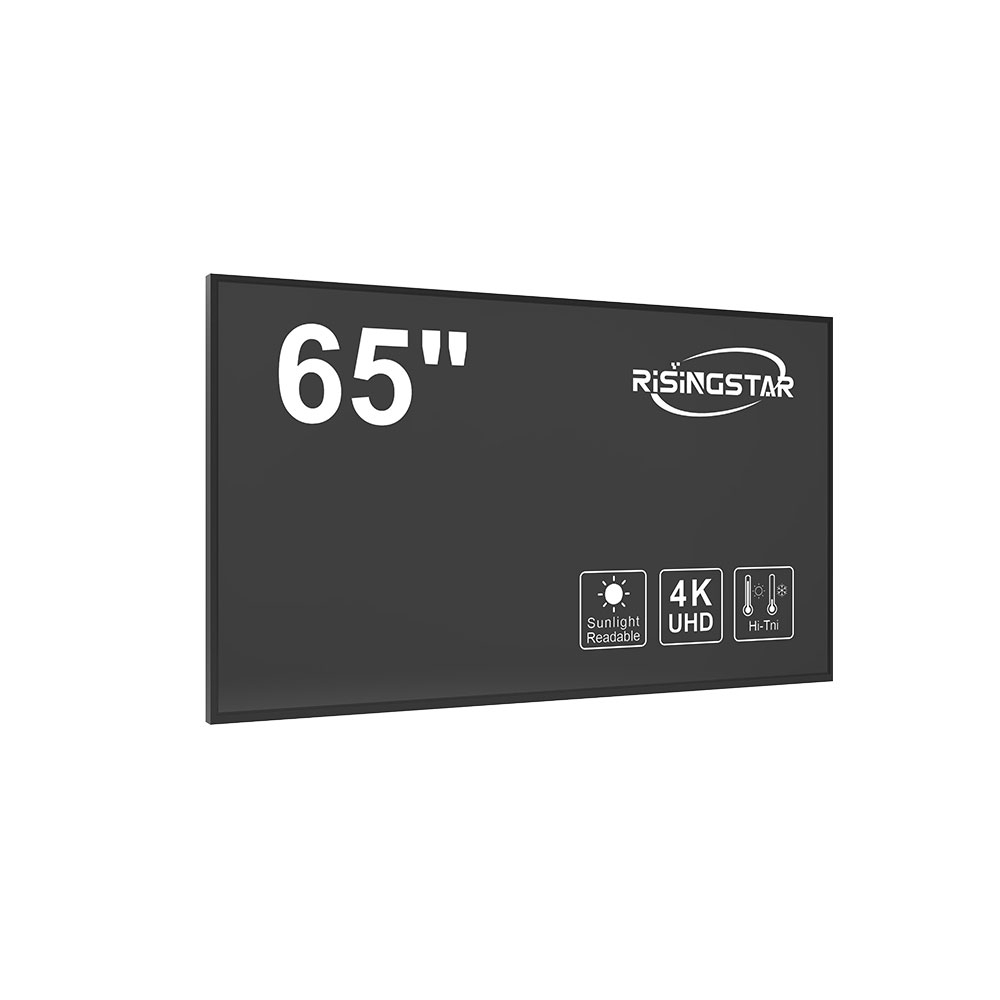When designing outdoor digital signage or public information displays, selecting the correct screen size and display ratio is critical for optimal visibility, durability, and cost-efficiency. The 16:9 aspect ratio has become the global standard for outdoor LCD screens due to its compatibility with high-definition video content, widescreen broadcasting formats, and modern web-based media. This ratio ensures that content—whether live sports, advertising, or real-time data—is displayed without distortion or black bars, maximizing screen utilization across all sizes.
Common outdoor LCD screen sizes range from compact 10.1-inch units used in kiosks and mobile carts to massive 110-inch panels for large-scale digital billboards and stadium displays. For example, a 13.3-inch unit is ideal for indoor-outdoor hybrid environments such as retail stores or airports, while 21.5-inch to 43-inch displays are widely used in public transportation hubs, corporate lobbies, and outdoor cafes. Larger screens—like 55-inch, 65-inch, and up to 110-inch—are typically deployed in stadiums, shopping malls, and urban plazas where long-distance viewing and high brightness (often 5,000–10,000 nits) are essential.
According to the International Electrotechnical Commission (IEC) standards for outdoor displays, luminance levels must exceed 5,000 cd/m² for direct sunlight visibility, and pixel pitch should be adjusted based on viewing distance—e.g., P2.5 for close-up use, P6.0+ for distant installations. All these factors must align with the 16:9 format to ensure consistent image quality. In addition, manufacturers like LG, Samsung, and Sharp offer IP65-rated enclosures and anti-glare coatings specifically designed for 16:9 outdoor LCDs, enhancing both weather resistance and user experience.

Case studies from cities like Singapore and Dubai show that 43-inch and 55-inch 16:9 outdoor screens reduce energy consumption by 18% compared to older 4:3 models while increasing engagement rates by up to 35% due to better visual clarity. Whether deploying single units or multi-display arrays, choosing the right size within the 16:9 framework ensures compliance with industry best practices and maximizes return on investment for commercial and industrial applications.








